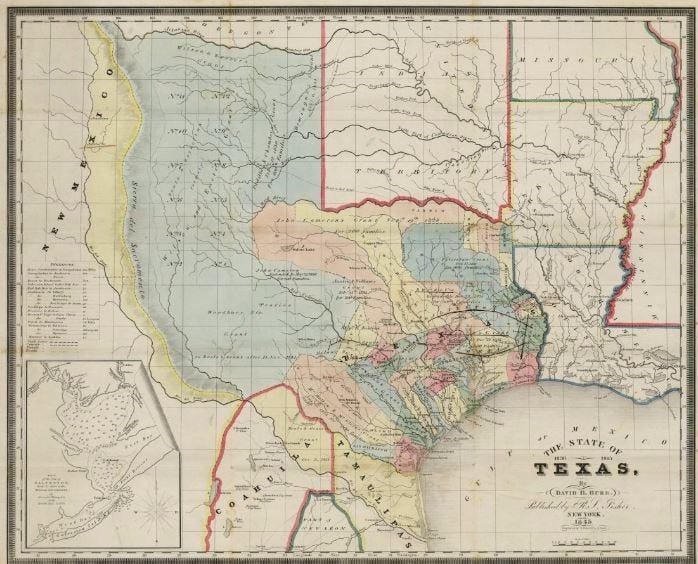

The document below contains drill guidance information with considerations about what to do before, during, and after a drill.ĭrill Guidance for School District Administrators Standard Response Protocol (SRP) and Standard Reunification Method (SRM) ResourcesĪ detailed description of each emergency response action, along with a variety of training tools and materials, can be found on the TxSSC K-12 Standard Response Protocol Toolkit (Texas Edition) and the K-12 Standard Reunification Method Toolkit (Texas Edition). Drill Resourcesīelow is a list of resources that may be used to develop a comprehensive drill program. Movement throughout building is stopped until an all-clear signal is given. Subsequent bells and any/all scheduled class changes are disregarded. Hold: A response action schools take when hallways need to be cleared.
Texas one and all how to#
The purpose of fire drills in buildings is to ensure that everyone knows how to exit safely as quickly as possible.
Texas one and all windows#
warning), affected individuals may be required to move to rooms without windows on the lowest floor possible or to a weather shelter.įire Evacuation Drill: A method of practicing how a building would be vacated in the event of a fire. For severe weather, depending on the type and/or threat level (watch vs. Shelter for Severe Weather Drill: A response action schools take to quickly move students, staff, and visitors indoors, perhaps for an extended period of time, because it is safer inside the building than outside. Shelter-in-Place for hazmat examples include train derailment with chemical release or smoke from a nearby fire. Affected individuals may be required to move to rooms without windows or to rooms that can be sealed. Shelter-in-Place for Hazardous Materials Drill: A response action schools take to quickly move students, staff, and visitors indoors, perhaps for an extended period of time, because it is safer inside the building than outside. Evacuation examples include a bomb threat or internal gas leak. The primary objective of an evacuation is to ensure that all staff, students, and visitors can quickly move away from the threat. The primary objective is to quickly ensure all school students, staff, and visitors are secured away from immediate danger.Įvacuation Drill: A response action schools take to quickly move students and staff from one place to another. Lockdown Drill: A response action schools take to secure interior portions of school buildings and grounds during incidents that pose an immediate threat of violence inside the school. Secure uses the security of the physical facility to act as protection to deny entry. Secure Drill: A response action schools take to secure the perimeter of school buildings and grounds during incidents that pose a threat or hazard outside of the school building. Drill examples include evacuating for a fire or locking down from an internal threat. An active aggressor is an individual actively engaged in killing or attempting to kill people in a confined and populated area. Drills do not include persons role playing as active aggressors or other simulated threats.

Texas one and all code#
*These definitions do not apply to an active threat exercise, which is defined in Texas Education Code 37.1141 and associate rules, if any.ĭrill: A set of procedures that test a single, specific operation or function. In addition, school districts and open-enrollment charter schools should consult with their local fire marshal and comply with their local fire marshal’s requirements and recommendations.ĭrill Freqently Asked Questions (FAQ) Drill Definitions Neither this rule, nor the law, precludes a school district or an open-enrollment charter school from conducting more drills as deemed necessary and appropriate by the district or charter school.

This includes designating the number of mandatory school drills to be conducted each semester of the school year, not to exceed eight drills each semester and sixteen drills for the entire school year. Specifically, it states that the commissioner, in consultation with TxSSC and the State Fire Marshal, must adopt rules that provide procedures for evacuating and securing school property during an emergency. This new section addresses mandatory school drills for public school districts and open-enrollment charters. Training, Drilling, and Exercising Toolkit 2.1 Drill Requirements Legal ConsiderationsĪs a result of the passage of Senate Bill 11 during the 86 th Texas Legislative Session, TEC Chapter 37.114: Emergency Evacuations Mandatory School Drills was added.


 0 kommentar(er)
0 kommentar(er)
